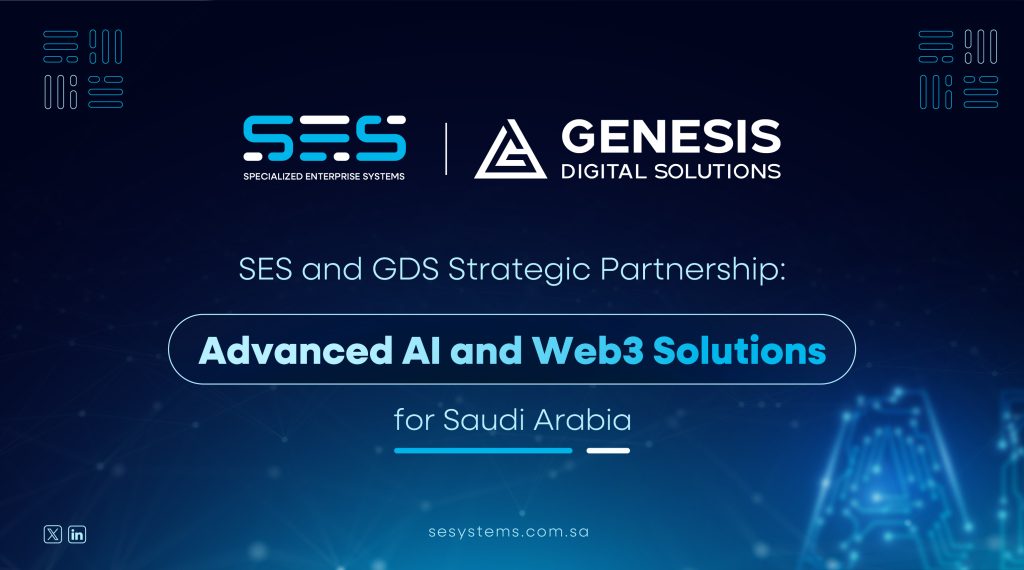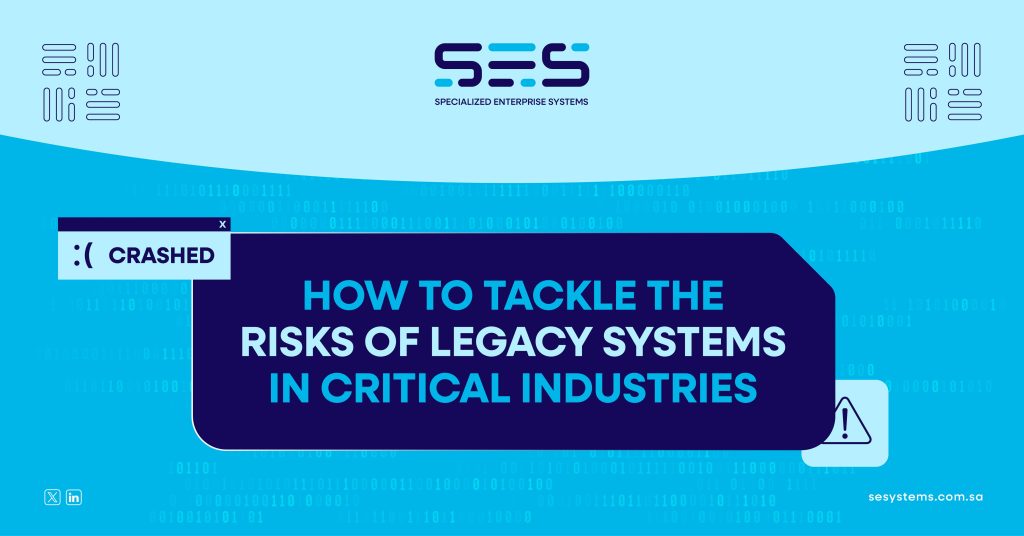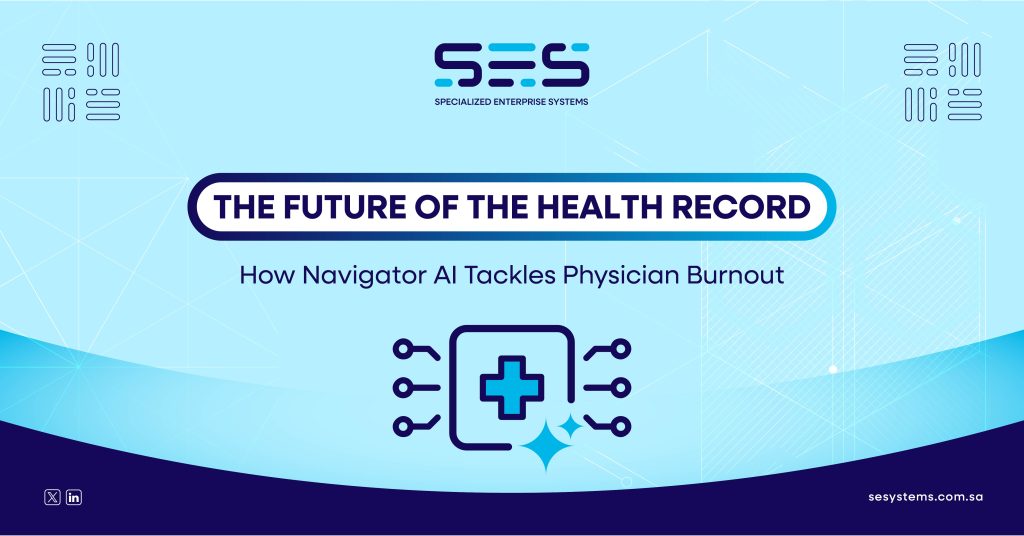Saudi Arabia’s key industries have unique security requirements. Hazardous working environments create a particular challenge in oil & gas. In healthcare, mistreatment of staff can be more common than in other industries — and sensitive patient data must be stored with the utmost care. In banking, of course, the risk of robberies or burglaries looms larger than other industries. And in entertainment, the large numbers of people attending popular venues add multiple security risks.
All which create one core challenge: legacy physical security systems are siloed. This can create vulnerabilities, slow down incident response, and prevent the integrations needed to maximize security and efficiency. Attempting to protect mission-critical assets, sensitive data, and large-scale public venues with generic security tools in 2025 is not a viable strategy.
In this short guide, we’ll give you a step-by-step approach to build a robust, scalable physical security framework.
Step 1: Baseline Assessment & Standards Alignment
Before deploying technology of any kind, conduct a thorough assessment of your current security posture, operational needs, and compliance requirements.
Insist on products and platforms that are aligned with relevant industry standards, such as NFPA for fire and life safety in healthcare globally, or HCIS Directives for critical national infrastructure in oil & gas. This ensures your foundation is built on best practices and is interoperable with existing and future infrastructure.
Step 2: Deploy a Unified Security Platform
Instead of purchasing disparate systems, invest in a single, unified platform that integrates all your security components.
- Implement Intelligent Surveillance: Deploy smart CCTV and IP video surveillance systems with intelligent analytics to move beyond passive monitoring. Use these systems to automatically detect anomalies, manage crowd flow in entertainment venues, and identify unauthorized vehicles in high-security zones.
- Establish Multi-Modal Access Control: Go beyond keycards by implementing biometric scanners and access control systems (facial recognition, fingerprint, mobile credentials) to provide granular, secure access across all your facilities. For healthcare, this protects patient data. For finance, can this secure sensitive areas like data centers.
- Integrate Perimeter & Environmental Monitoring: Your security system should also include intrusion detection and perimeter protection systems. These systems, when integrated, can automatically trigger alarms and redirect cameras, ensuring a seamless handoff from detection to response, especially crucial for vast oil & gas facilities or large entertainment complexes.
Step 3: Integrate with Your Broader ICT Infrastructure
Physical security is a key layer of a larger ICT ecosystem. Ensure your security platform integrates seamlessly with your broader infrastructure, including:
- Unified Communications and IP Telephony: This is critical for coordinating emergency response across all teams. In an Oil & Gas facility, an intrusion alarm can automatically trigger a call to the security team and send a message to a central command center. In a healthcare setting, a security event can simultaneously alert security staff and hospital administration.
- Data Networking: This provides the backbone for all your connected security devices. For financial institutions, data networking ensures secure data transmission from biometric scanners and CCTV feeds to a central server. In an entertainment venue, a robust network is vital for managing thousands of connected cameras and access points without latency.
- Data Center Racks and Structured Cabling: This is the physical foundation for data storage and management. In all industries, a well-planned data center is essential for housing the servers that run security software and store critical footage and access logs. In a healthcare environment, this guarantees the integrity of patient data protected by physical security measures.
This layered integration enables a single, centralized command and control platform, allowing you to manage both physical and digital infrastructure from one location.
Step 4: Embrace Strategic Innovations
To future-proof your investment, build a system that can adapt to the latest technological innovations:- Adopt Cloud-Hybrid Models: These models offer the scalability and resilience of the cloud while retaining on-premise control for critical assets. For example, a financial institution can use a cloud-based solution for off-site data backup and remote management of non-critical sites, while keeping primary servers for sensitive customer data on-premise to meet regulatory compliance standards.
Similarly, a major entertainment venue could use a hybrid model to scale up surveillance and access control for a major event, then scale back down to reduce costs during off-peak periods.
- Utilize AI/ML-Driven Analytics: With AI and machine learning (ML), you can move from reactive to predictive security. Instead of reacting to issues as they arise, AI algorithms can flag risk patterns and forecast potential threats before they materialize.In an oil & gas facility, AI can analyze video feeds to automatically detect unusual activity near critical infrastructure or identify unauthorized personnel in restricted zones. In a hospital, AI can detect unusual behavior in sensitive areas like pharmacies or drug storage rooms.
- Plan for IoT Expansion: Be ready to integrate edge sensors, mobile devices, and multi-factor authentication to expand your security perimeter. In a data center, IoT sensors can monitor temperature, humidity, or power fluctuations and trigger a security alert if conditions become hazardous to equipment. In entertainment venues, mobile credentials on smartphones can be used for seamless visitor management and enhanced security screening at entry points.
Step 5: Prioritize End-to-End Partnership
Remember: your security is only as strong as the partners you work with. Look for a partner that offers an end-to-end service, from consultancy and installation to 24/7 proactive monitoring and support. This ensures full adoption of your system’s capabilities and provides a long-term strategic partnership to support your growth. Need some help? Schedule a chat with SES.










